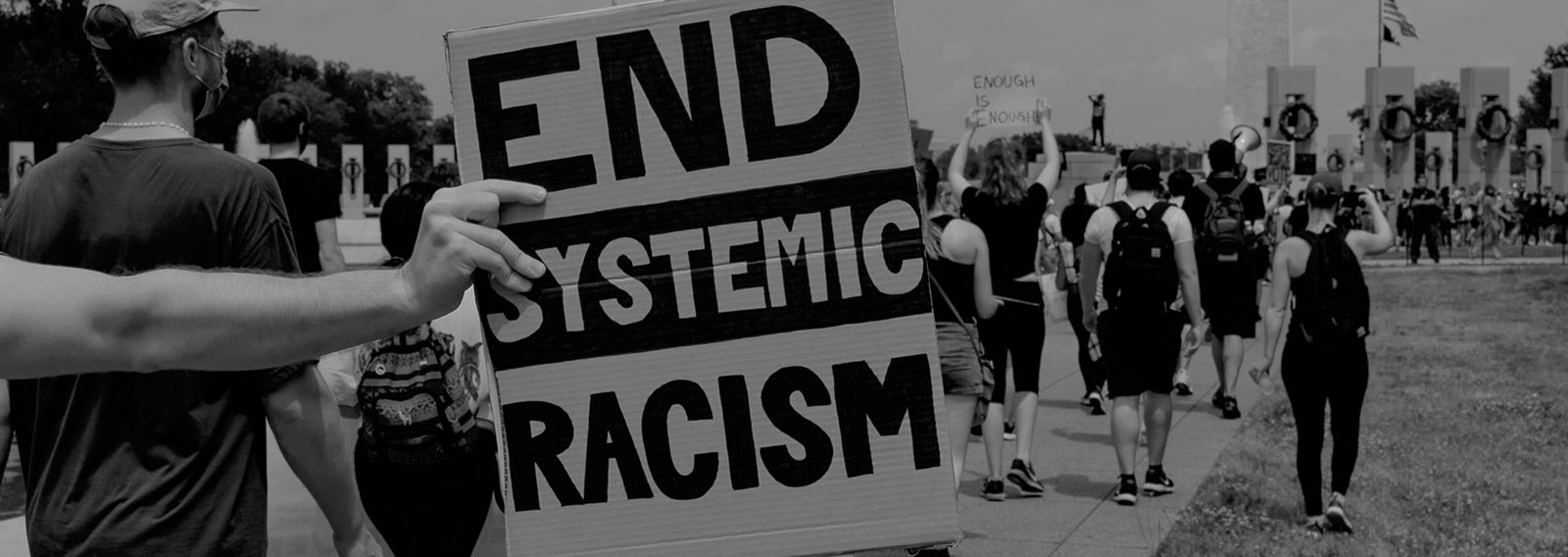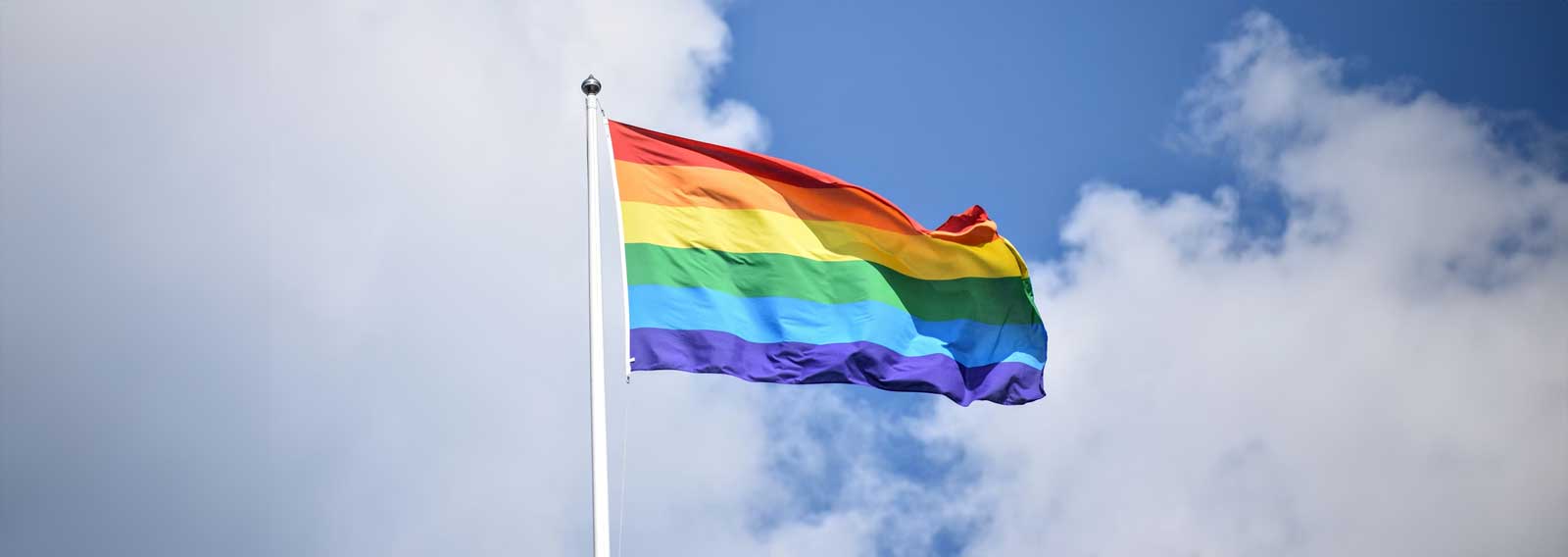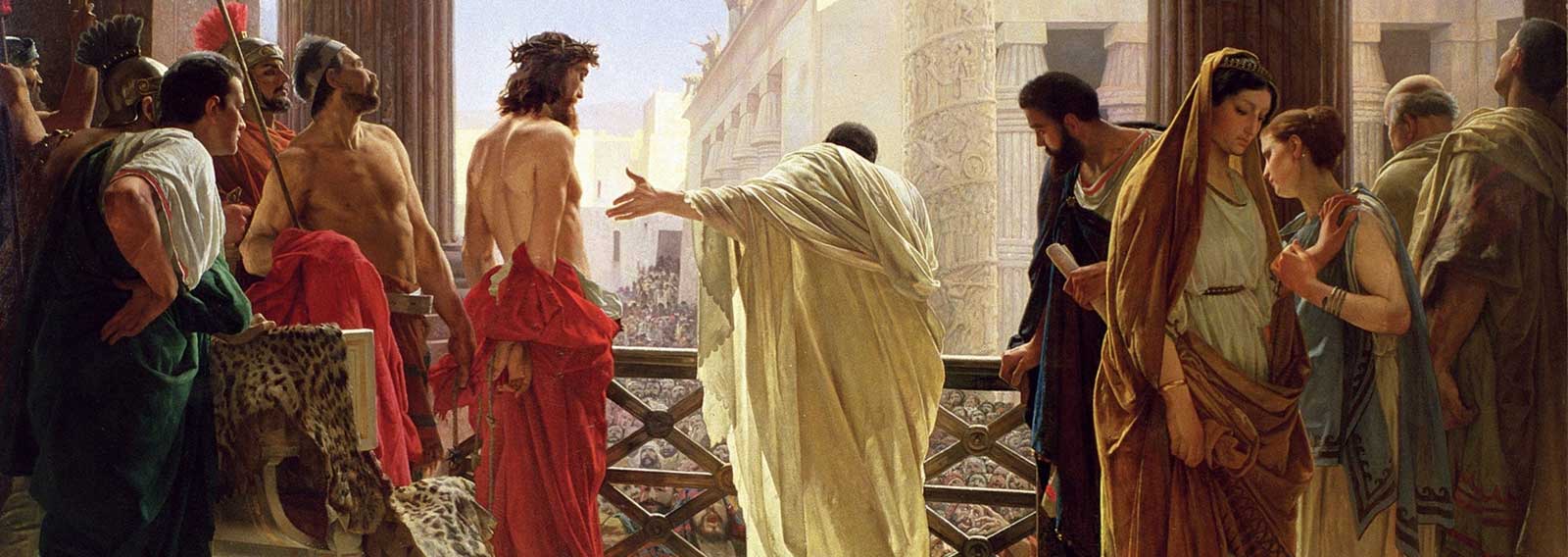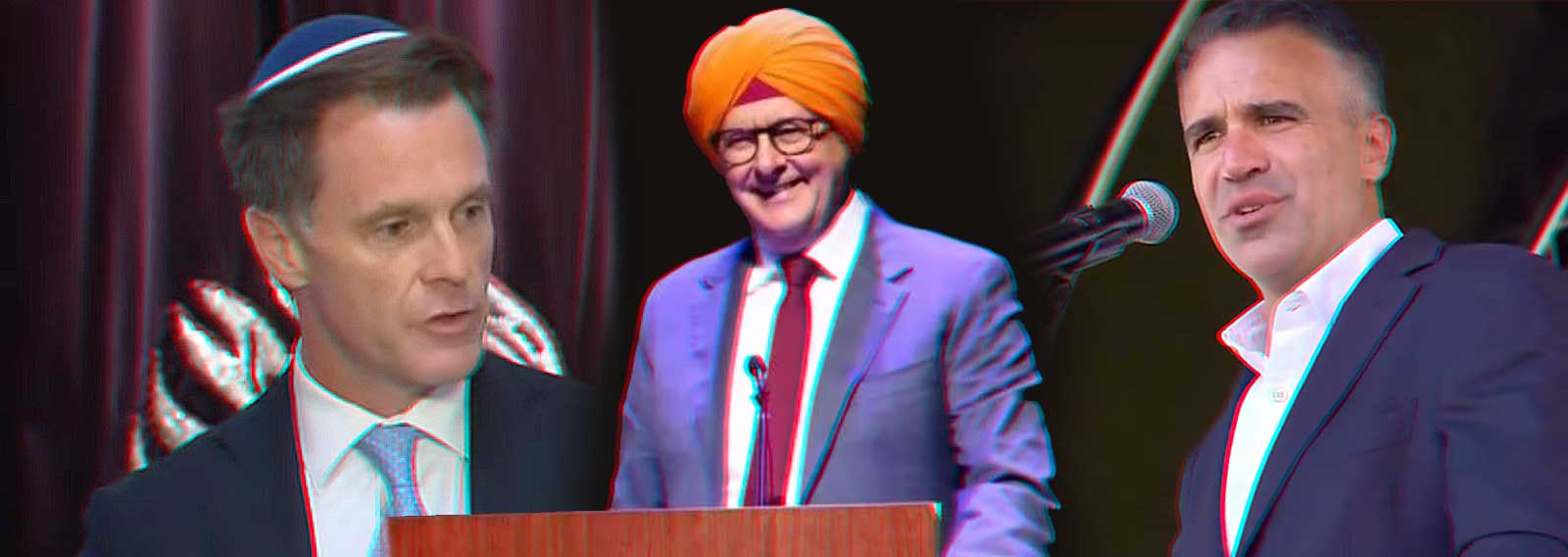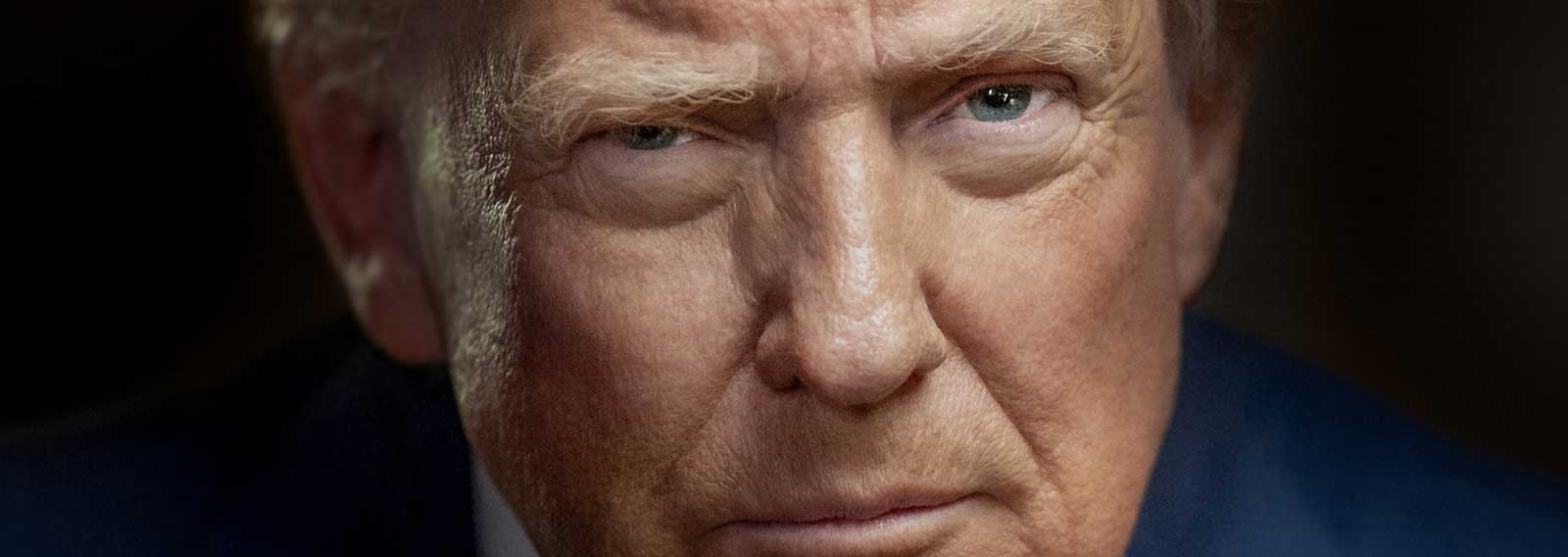You’ve almost certainly encountered Critical Race Theory over the last year, even if those words aren’t familiar.
Gaining immense popularity in the wake of the George Floyd protests, Critical Race Theory (CRT) is the view that Western civilisation is inherently racist, and that white people benefit from this status quo at the expense of people of colour.
New York Times bestselling books like Robin DiAngelo’s White Fragility (2018) and How to Be an Anti-Racist (2020) by Ibram X. Kendi have played no small part in making CRT fashionable.
Most people you meet today will agree that racism remains a problem in nations like the United States, the UK or Australia, and that racial harmony and fair treatment for all is still a work in progress. Like me, I’m sure you’ve heard enough heart-wrenching stories—even from people you know and love—to make this obvious.
Check out Kurt Mahlburg’s new book Cross and Culture: Can Jesus Save the West?
Critical Race Theory, however, goes much further than this. According to CRT, racism is everywhere—found not just in the hearts of individuals, but built into society’s structures, systems and institutions.
Critical Race Theory suggests that people of colour face oppression in almost every realm of society—predominantly in the legal system, but also in the corporate world, entertainment and media, sports, the political realm, education, and even the West’s customs, holidays and traditions. Terms like ‘systemic racism’ and ‘white privilege’ are regularly on the lips of those who see the world through this lens. Moreover, ‘anti-racism’ is promoted as the remedy for it.
This helps explain the proliferation of “journalism” that has managed to spot racism just about everywhere: in freeways, maths, front lawns, chess, the craft beer industry, classical music, being nice, jogging, trying not to be racist, milk, hiking, traffic lights, the climate movement, dogs, western philosophy, knitting, the countryside, yoga, Bernie Sanders’ mittens, wine, cycling, science, horse racing, not finding Black people attractive, and finding Black people attractive.
To everyday people, this almost seems comical. But it begins to make sense once you realise that Critical Race Theory offers us a brand new definition of racism.
Whatever our background, you and I grew up with the understanding that racism is prejudice and unequal treatment aimed at anyone because they belong to a particular ethnic group. But according to Critical Race Theory, racism is something practiced by white people. CRT assumes that racism and ‘white supremacy’ are more or less the same thing.
Ironically then, Critical Race Theory is itself racist in outlook (by the conventional definition of racism), since it makes certain derogatory assumptions about white people based on their group identity.
The Origins of Critical Race Theory
To be fair, the aim of Critical Race Theory was not to discriminate against white people. It emerged in American law schools in the 1980s as part of a broader campaign for justice for the Black community and other ethnic minorities.
This noble struggle had incredible breakthroughs in the Civil Rights Movement of the 1960s, thanks to spirited leaders like Martin Luther King, Jr. and Rosa Parks. But while Critical Race Theory tips its hat to this tradition, it takes a very different approach.
From the steps of the Lincoln Memorial, King famously declared, “I have a dream that my four little children will one day live in a nation where they will not be judged by the colour of their skin but by the content of their character.” By contrast, Critical Race Theory explicitly rejects MLK’s vision of a ‘colourblind’ society, believing that justice for minorities can only take place as a person’s race is emphasised or ‘centred’.
Check out Kurt Mahlburg’s new book Cross and Culture: Can Jesus Save the West?
In other words, Critical Race Theory is directly opposed to the Civil Rights Movement on this front, since it rejects the idea that people should be viewed as individuals. CRT instead promotes collectivism—the idea that we are inseparable from our particular racial grouping (whatever that appears to be).
Of course, this creates a problem when you realise that not all people within ethnic groups think the same way.
There are, for example, many people of colour who reject Critical Race Theory. But advocates of CRT insist that such people are merely giving into, and seeking approval from, a white supremacist culture, and are therefore practicing ‘internalised racism’. It’s not uncommon for such people to be dismissed as ‘bootlickers’ or ‘Uncle Toms’. Lurking beneath this accusation is the idea that such people need to overcome their internalised racism in order to think the way that people of colour are supposed to think.
Just as there are people of colour who reject Critical Race Theory, so there are white people who embrace it wholeheartedly. But according to CRT, white people can never fully overcome their whiteness since they experience—alongside white privilege—something called ‘white fragility’. White fragility is the idea that white people are naturally defensive any time racial issues are raised—an instinct that reinforces the white supremacy from which they benefit.
That I am writing this article, for example, would be seen by a believer in CRT as clear evidence that I am caught in the grip of ‘white fragility’. But as mentioned, even if I were to adopt Critical Race Theory, I must accept that my ‘white fragility’ will always prevent me from truly relating to people of colour. In fact, it’s quite likely that as a white person, it will have been self-serving reasons that led me to embrace CRT—whether to look good, to protect myself from criticism, or to avoid confronting my own racism.
In this way, Critical Race Theory teaches racial essentialism—the idea that different racial groups possess underlying essences and unalterable traits and abilities.
Is Critical Race Theory True?
With all this being said, while most people acknowledge that racism is a lingering issue in Western nations (as it is all around the world), there are many statistics that challenge CRT concepts like systemic racism and white privilege. Let’s consider some statistics from the United States, since America is the heartland of Critical Race Theory.
For one, the median household income of Asian Americans is far greater than for white Americans. This includes people with backgrounds from India, Pakistan, China, the Philippines, and many other regions. Asian Americans are also better educated on average, and more likely to be approved for a home loan than white Americans.
It’s true that with respective poverty rates of 20.8 and 10.1 percent, African Americans are twice as likely to be poor as their white counterparts. But this disparity almost vanishes when family structure is accounted for: the poverty rate among married Black Americans is less than 10 percent, and this has held true for decades. In other words, it’s not ethnicity but other factors that are mainly responsible for the disparity between rich and poor in the U.S.
Check out Kurt Mahlburg’s new book Cross and Culture: Can Jesus Save the West?
Moreover, ‘white privilege’ is a phrase that means little to the 25 million white Americans who live below the poverty line, and the 270,000 who are homeless. Indeed, if America’s society is as racist as CRT claims, it’s difficult to understand how the nation elected an African American president in Barack Obama—not once, but twice.
Reasonable people would look at these statistics and conclude that claims of ‘systemic racism’ and ‘white privilege’ are therefore exaggerated. But this is where Critical Race Theory becomes even more fascinating. See, built into CRT is the idea that it’s not just Western institutions that are racist, but the Western way of comprehending reality.
The West has long prized evidence, logic and reason as the way to discern truth from falsehood. Critical Race Theory rejects this, claiming that every part of the Western liberal order—including ideas like merit, rational inquiry, the rule of law, and individual liberty—are the very tools being used to perpetuate white supremacy and oppress people of colour. As such, for me to point to statistics like those we looked at above only counts as further proof that I am a racist.
All of this sounds quite illogical—and for a simple reason. Critical Race Theory is a thoroughly postmodern worldview, having emerged from Marxist thinkers like Antonio Gramsci (1891-1937) and Herbert Marcuse (1898-1979).
Typical of postmodern ideas more broadly, CRT embraces relativism, seeing facts and logic as ultimately meaningless—even oppressive. In this view, reason and evidence are “white” ways of knowing, which those in power manufacture and manipulate for their own ends. By contrast, storytelling and ‘lived experience’ are the better, non-white alternatives to this.
Another way to put this is that Critical Race Theory assumes that only those with enough power to weaponise language and control the narrative are the ones who decide what is true at any given moment. This is why power is such a strong theme in the movement, and the end goal of CRT.
Where is Critical Race Theory Taking Us?
The preoccupation with power helps us understand the dogmatism and inflexibility of those who have embraced Critical Race Theory.
Like me, you may have encountered people online—perhaps even friends and family—who have recently begun to promote CRT, and who suddenly seem uninterested in open debate or persuasion.
Suggesting that minorities “are tired” and have “lost patience”, or that now it’s “time to listen” for white people, are more common ways that a CRT advocate will shut down any pushback to their beliefs.
This response shouldn’t come as a surprise. Critical Race Theory is by its nature authoritarian, seeing itself as the only game in town. It rejects the current liberal order and the notion of free societies—instead believing that necessary change can only come if the West and its “white supremacist” institutions are subverted and dismantled.
Discussion is not enough to replace the current order, according to those who believe Critical Race Theory: what’s needed is political mobilisation aimed at dramatic social transformation. In a word, revolution.
As with all such utopian visions, what the proposed new superstructure of government power will look like isn’t entirely clear. But we have some indications.
One commonly promoted goal is ‘reparations’—the redistribution of wealth from the descendants of those who perpetrated slavery (i.e., today’s white people) to the decedents of slavery’s victims (i.e., today’s people of colour).
Another is re-segregation in the workplace, on education campuses and in other social spheres. This is similar to what existed in the United States during the Jim Crow era, except that under CRT, it’s not called segregation, and its intent is to help people of colour rather than hold them back.
Check out Kurt Mahlburg’s new book Cross and Culture: Can Jesus Save the West?
Perhaps the most important goal of Critical Race Theory is ‘equity’. Whereas equality has long emphasised the idea of giving all people equal opportunity, equity is the idea that people should have different opportunities with the goal that we all end up at the same place eventually. True to its Marxist roots, CRT is essentially ushering the West toward a form of socialism or communism.
To be clear, Critical Race Theory is not a fringe idea. It is the growing consensus in Western colleges and universities. Young graduates have taken this thinking to the wider world, sparking many newsroom revolts against older editorial boards; corporate rebranding and ‘sensitivity training’ at large companies; and widespread campaigns like Black Lives Matter which have influenced classrooms, whole sporting leagues, and the world of entertainment.
In fact, Critical Race Theory was a front-and-centre issue for both candidates during the 2020 U.S. Presidential election. In September of last year, President Donald Trump prohibited Federal agencies from using taxpayer funds for CRT-based workplace training. And on the very first day of his presidency, Joe Biden reversed Trump’s order, giving Critical Race Theory a presidential thumbs up.
Responding to Critical Race Theory
If Critical Race Theory were a reasonable lens through which to view our world and lift up the underprivileged, it goes without saying that we should all endorse it. But Critical Race Theory is far from reasonable.
As we’ve seen, the central claims of Critical Race Theory do not align with reality. What’s worse, it is an unfalsifiable worldview—that is, according to those who believe it, there are no conditions under which CRT could possibly be wrong. Every rebuttal has a pre-packaged answer, and everyone who disagrees is “racist” by definition.
In this way, Critical Race Theory is perhaps best understood as a kind of secular religious cult or popular conspiracy theory. It is a totalistic way of comprehending reality. It promises a kind of redemption, it orders one’s priorities, it rallies every social problem as proof of the theory, and it plants suspicion about even the most innocent everyday interactions. Sadly, it also leads many people to cut off communication with loved ones who fail to agree.
And precisely because Critical Race Theory isn’t true, it is a worldview that will do much damage if left unchecked—not least because it is creating more racial animosity than we’ve seen since before the Civil Rights Movement, and because its endgame is to overturn what are objectively the fairest societies that history has ever produced. We must not forget one of the most important lessons of history: that any time people of a certain race are demonised, they have almost always become victims of genocide.
Check out Kurt Mahlburg’s new book Cross and Culture: Can Jesus Save the West?
All of us can empathise with some of the motives of Critical Race Theory. Western society isn’t perfect; none of us should be comfortable when minorities are marginalised; and our institutions are always in need of reform to ensure that no one is left behind.
Some of the greatest heroes of the past are those who, inspired by their Christian faith, pushed back on “the system” to improve it and root out injustice: think of William Wilberforce, Susan B. Anthony, and indeed, the famous Martin Luther King, Jr. This is one of the great advantages of Western democracy: it welcomes the input of everyday people, and it is designed to be corrected and reformed over time.
Advances will continue to be made, not by abolishing our best values, but by preserving and living up to them. At the very heart of the West is the belief that every one of us is made in the image of God. Our inestimable worth comes not from any racial identity but our value in the Father’s eyes.
All progress we’ve made so far has kept this truth of the Imago Dei front and centre. So long as we keep this front and centre, and reject divisive conspiracy theories, we will stay on the straight and narrow towards harmony, justice, and a brighter future for everyone.
Originally published at the Canberra Declaration.



